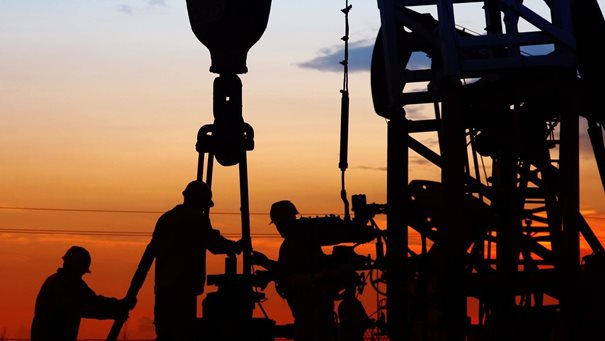Last year, a blog post on the IMF Blog claimed that the oil market was facing a “new normal” as “shale oil production has permanently added to supply at lower prices” and going forward “demand will be curtailed by slower growth in emerging markets and global efforts to cut down on carbon emissions.”
This wasn’t the first time a new normal for oil was declared, nor was it the last. Barron’s claimed that oil was heading to $20 a barrel at the beginning of 2016, and then Forbes issued a similar forecast at the end of the year.
But for all the talk of oil’s new normal, over the past few months the market has stabilized and shale, which is touted as the swing producer, that will keep prices low and supply high, has failed to live up to expectations.
Oil Market Stabilizing
The price of Brent crude has broken above $60/bbl for the first time in more than two years during the past few weeks. Driving the price are better than expected demand/supply fundamentals.
As I reported at the end of October, Opec’s in-house analysts now expected demand for Opec’s oil to reach 33.1 million barrels a day in 2018, up by roughly 200,000 b/d from September’s forecast. Opec’s crude production reached 32.7 million b/d last month, up by 88,500 b/d compared with August. Meanwhile, according to the Financial Times, oil demand growth has grown by a total 1.5 million b/d this year thanks to global GDP growth, which has reached 3.6%. Next year, demand growth is expected to shrink slightly, but still, come in at a significant 1.4 million b/d. Sanford Bernstein analysts Neil Beveridge and Oswald Clint report that the current level of demand growth — 1.6% — is 50 basis points higher than the long-term average of 1.1% recorded over the past two decades.
As oil demand growth accelerates, producers are still holding back on supply growth. The freeze is particularly acute in the US shale industry. Indeed, analysts at Morgan Stanley noted in a recent report that:










Leave A Comment